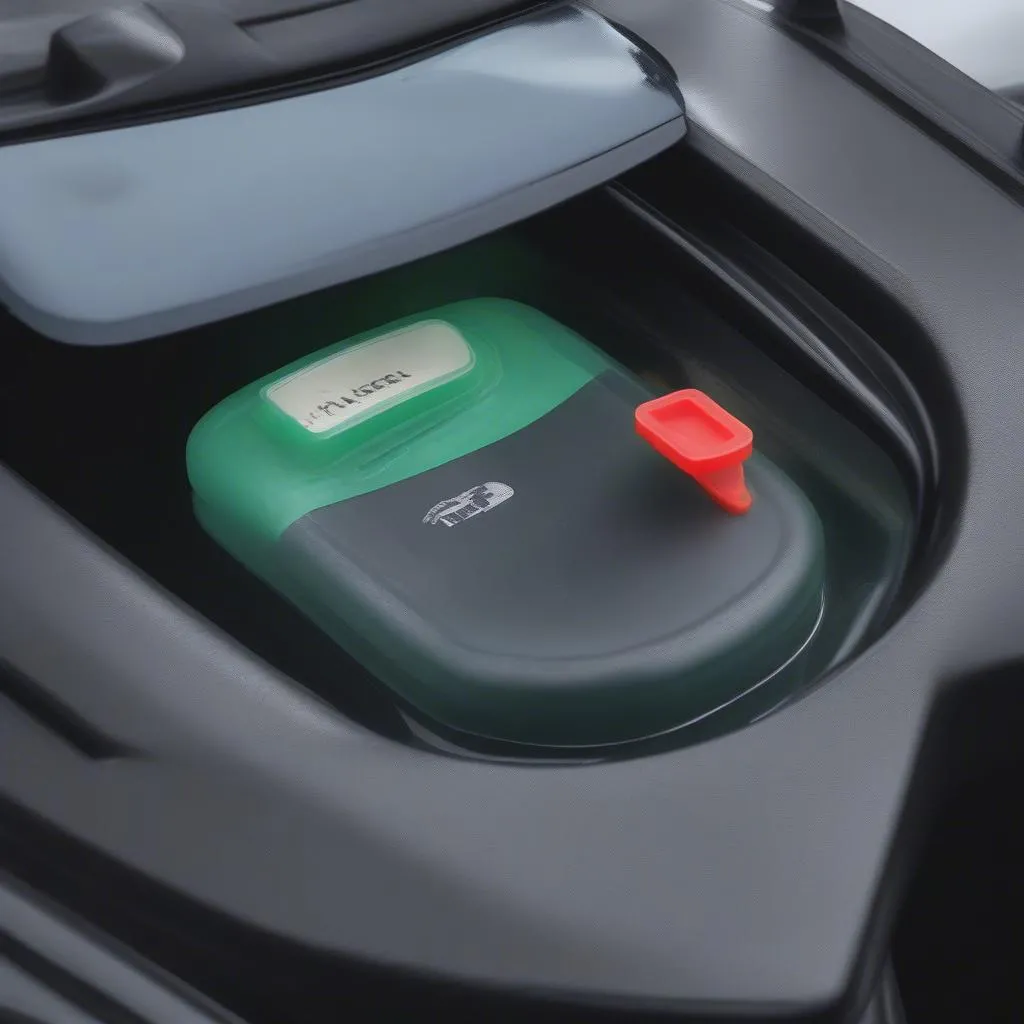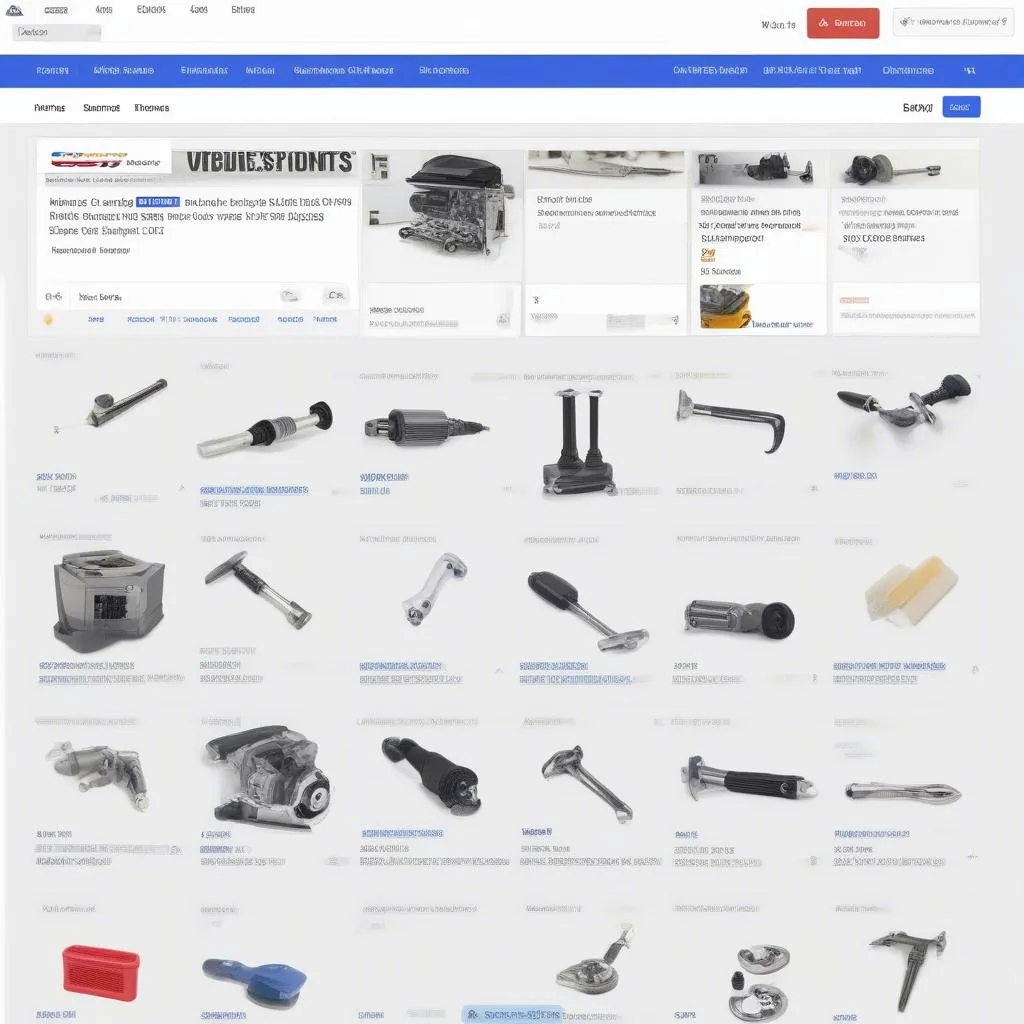A malfunctioning windshield fluid sprayer can be a nuisance, especially during poor driving conditions. If you’re experiencing issues with your Mercedes E350’s windshield washer system, this guide will provide a comprehensive walkthrough of common problems, troubleshooting tips, and repair instructions. Let’s get you back on the road with a crystal-clear view!
Understanding the Problem: Why is My Windshield Fluid Sprayer Not Working?
Several factors can contribute to a faulty windshield fluid sprayer in your Mercedes E350. Here are the most common culprits:
1. Clogged Nozzles: Accumulated dirt, grime, or dried washer fluid can obstruct the nozzle openings, preventing fluid from spraying correctly.
2. Leaky Hoses or Connections: Over time, the rubber hoses connecting the washer fluid reservoir to the nozzles can deteriorate, crack, or become loose, resulting in fluid leaks and reduced spraying pressure.
3. Faulty Pump: The washer fluid pump is responsible for generating the pressure needed to propel fluid through the system. A malfunctioning pump, often due to wear and tear or electrical issues, can lead to a complete lack of spraying action.
4. Fuse Problems: A blown fuse in the windshield washer system’s electrical circuit can interrupt power supply to the pump, rendering it inoperable.
Identifying the Issue: Troubleshooting Tips
Before diving into repairs, it’s essential to pinpoint the root cause of the problem. Here’s a step-by-step troubleshooting process:
1. Check the Fluid Level: Ensure the washer fluid reservoir is filled with a suitable cleaning solution.
2. Inspect the Nozzles: Visually examine the nozzles for any visible obstructions. Use a thin needle or pin to carefully clear away debris.
3. Listen for the Pump: When activating the windshield washer, listen for a distinct whirring sound indicating the pump is operational.
4. Check for Leaks: Inspect the hoses and connections for any signs of leakage or wetness, paying close attention to areas around the reservoir, pump, and nozzles.
5. Consult a Diagnostic Tool: For more complex electrical issues, using an OBD-II scanner, like those offered by Cardiagtech, can help pinpoint specific fault codes related to the washer system.
 car washer fluid reservoir
car washer fluid reservoir
Gathering the Necessary Tools and Materials
Once you’ve identified the problem, gather the following tools and materials to proceed with the repair:
- Needle-nose pliers
- Small screwdriver set
- Replacement washer fluid hoses (if necessary)
- New washer fluid pump (if required)
- Electrical tape
- Safety glasses
- Work gloves
 car washer system repair
car washer system repair
Fixing the Windshield Fluid Sprayer: A Step-by-Step Guide
1. Clearing Clogged Nozzles:
- Use a thin needle or pin to gently remove debris from the nozzle openings.
- Flush the nozzles with clean water or compressed air to ensure proper flow.
2. Repairing or Replacing Leaky Hoses:
- Identify the damaged hose section.
- Using pliers, loosen and disconnect the hose clamps securing the hose to the reservoir and nozzle.
- Replace the damaged section with a new hose, ensuring a tight fit and secure clamps.
3. Replacing a Faulty Washer Fluid Pump:
- Disconnect the electrical connector from the pump.
- Loosen and remove the hoses connected to the pump.
- Detach the pump from its mounting location.
- Install the new pump, reversing the removal steps.
4. Addressing Electrical Issues:
- Locate the fuse box and identify the fuse related to the windshield washer system.
- If the fuse is blown, replace it with a new one of the same amperage.
- For persistent electrical issues, consult a qualified mechanic or use an OBD-II diagnostic tool to troubleshoot further.
 car fuse box close-up
car fuse box close-up
Frequently Asked Questions:
Q1: Why is my windshield washer fluid coming out slow?
A: Several reasons can cause slow washer fluid, including a partially clogged nozzle, a weak pump, or a leak in the system. Start by checking for clogs in the nozzles and inspecting the hoses for any signs of leaks.
Q2: How do I know if my washer fluid pump is bad?
A: A faulty pump often produces a weak or nonexistent spraying sound when you activate the windshield washer. You can also check the pump’s electrical connector for any signs of damage or corrosion.
Q3: Can I use any type of fluid in my Mercedes E350 washer reservoir?
A: While plain water might seem like a cost-effective option, it’s not recommended. Using a specifically formulated washer fluid is crucial. These solutions contain cleaning agents that effectively remove dirt, bugs, and road grime, while also preventing freezing in colder climates. “Using the correct washer fluid not only ensures optimal cleaning but also protects your car’s washer system from potential damage”, says automotive expert John Smith, author of “The Complete Car Maintenance Guide”.
Q4: My windshield washer is still not working even after replacing the pump. What else could be the issue?
A: If replacing the pump doesn’t solve the problem, the issue might be electrical. This could involve a blown fuse, a faulty relay, or a wiring problem. Using a diagnostic tool, like those from CARDIAGTECH, can help pinpoint the exact electrical fault.
Conclusion: Keeping Your View Clear and Drive Safe
A properly functioning windshield washer system is essential for maintaining optimal visibility while driving. By following these troubleshooting tips and repair instructions, you can address common issues with your Mercedes E350’s windshield fluid sprayer and ensure a clear view of the road ahead. Remember to prioritize safety and consult a qualified mechanic if you encounter complex problems beyond your comfort level.



